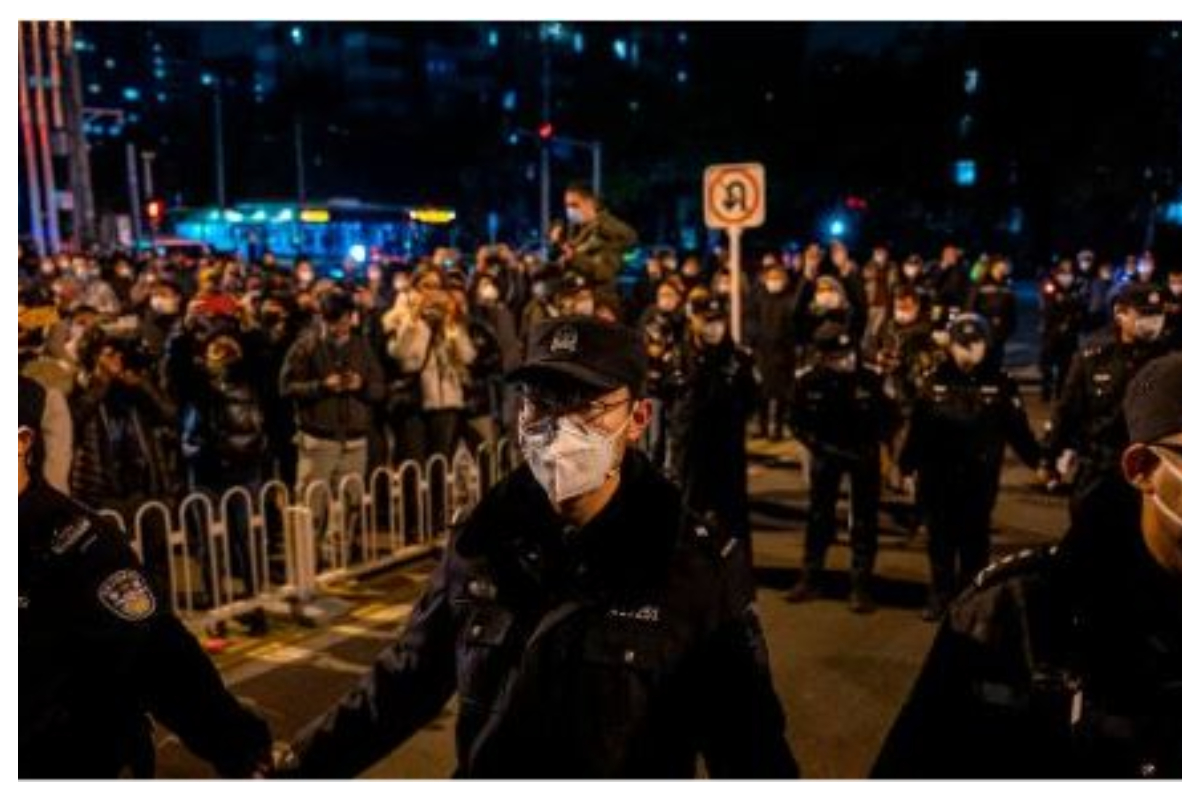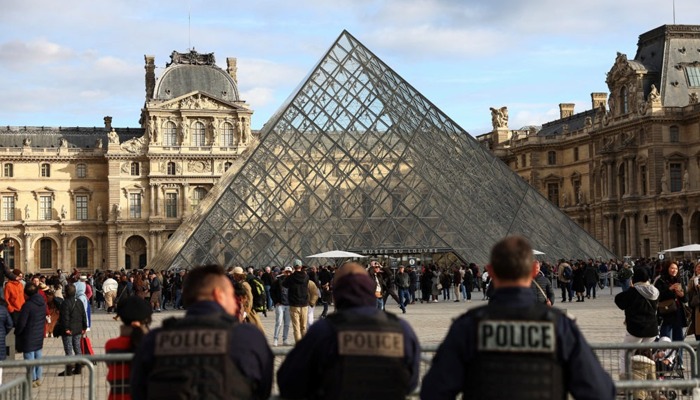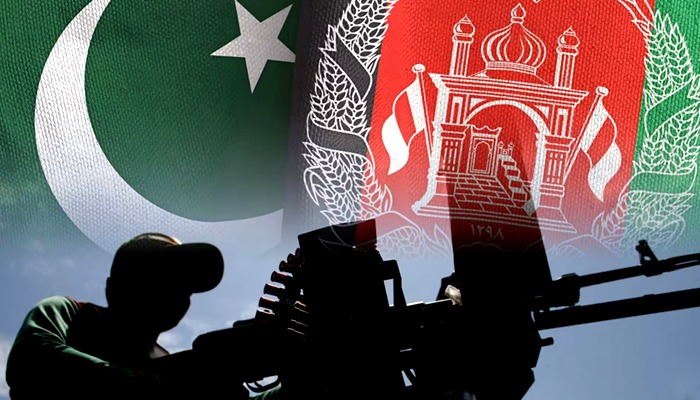- Authorities in China are utilizing cellphone data to locate protesters who marched in Beijing over the country’s draconian Covid regulations.
- All mobile phone customers in China are required by law to give telecom companies their legal name and national identity number.
- A demonstrator who was detained over the weekend claimed that they were instructed to give the police their phone and password as “proof.”
According to a recording of a phone call between a protester and police, Chinese authorities are utilising cellphone data to locate demonstrators who marched against the government’s tight Covid regulations in Beijing.
On Sunday night, hundreds of protesters gathered near Beijing’s Liangma River to demand an end to the ongoing Covid experiments and lockdowns. Others criticised censorship and demanded more political freedom.
In the early hours of Monday, the spectacular display of dissent in the centre of the Chinese capital came to an end mostly in peace. But since then, the police have called some demonstrators to ask about their participation.
A protester said they got a call from a police officer on Wednesday revealing they were being followed after their cellphone signal was detected close to the demonstration site.
The protester was questioned on the phone about whether they visited the Liangma River on Sunday night, according to a recording of the exchange. The caller questioned: “Then why did your telephone number show up there?” when they claimed they weren’t there.
All mobile phone customers in China are required by law to give telecom companies their legal name and national identity number.
The protester was also instructed to sign a written record and report to a police station for questioning. The caller informed them that it was “an order from the Beijing Municipal Public Security Bureau” when they questioned why they had to comply.
Some protesters took security measures to avoid being located or recognised. One protester admitted that she kept her phone in aeroplane mode throughout the rally and that as of Thursday afternoon, the police had not gotten in touch with her.
In China, protests over local issues sometimes happen, but the recent wave of protests is unlike anything seen since the Tiananmen Square pro-democracy uprising in 1989.
Since 2012, when Chinese President Xi Jinping took office, the Communist Party has strengthened its control over all facets of society, launched a massive campaign against opposition, and established a sophisticated surveillance state.
This Tuesday, China’s security system moved quickly to quell widespread protests by maintaining a strong police presence in areas where masses had assembled over the weekend or were expected to do so.
Police searched people’s cellphones in the streets and on the subway in Shanghai, the scene of some of the most daring demonstrations, looking for apps like Twitter and Telegram that have been used by protesters despite being blocked in China or virtual private networks (VPNs) that can be used to bypass the country’s internet firewall.
In addition, police seized the smartphones of the demonstrators they had detained.
A demonstrator who was detained over the weekend claimed that they were instructed to give the police their phone and password as “proof.”
After having their phone taken away by cops and being informed they could pick it up a week later, they claimed they were concerned that the police would export the data on it.
Another demonstrator claimed that after they were released, authorities gave them back their phone, but the WeChat social media app and photo album had been removed.
[embedpost slug=”new-york-and-singapore-top-the-list-of-the-most-expensive-cities-worldwide/”]



















